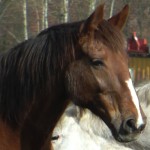 Today I celebrate the fifth anniversary of one of the most special moments in my life, the day when my mare, Pip, formally entered into my life. And as I celebrate that moment and the joy which I have been privileged to experience with this horse, I reflect on some of the lessons that she has taught me and the immense gratitude I feel for daring to learn them. Because these lessons have so greatly enriched my life, I would like to share them with anyone who cares enough for their horse to dare to do the same.
Today I celebrate the fifth anniversary of one of the most special moments in my life, the day when my mare, Pip, formally entered into my life. And as I celebrate that moment and the joy which I have been privileged to experience with this horse, I reflect on some of the lessons that she has taught me and the immense gratitude I feel for daring to learn them. Because these lessons have so greatly enriched my life, I would like to share them with anyone who cares enough for their horse to dare to do the same.
Note
Please note that this is an unedited article which has since been revised and published in the book, When Horses Speak and Humans Listen. More information is available here: http://www.horsesandhumans.com/mainsite/whsahl.htm.
Lesson 1. Be present, be calm and do nothing!
Liberty with a human may be a traumatic experience for a horse that has been denied the opportunity to live as one. This is the very first thing that Pip showed me. I had taken her into a large jumping arena, just the two of us, on our first day together. When I removed all of the tack, she was seized by an overriding panic which caused her to frantically rush up and down the fence line. No contact with her was possible and hence no communication.
Instinctively, I felt a need to halt her frenzy, to restore contact and to reassure her but without using any physical restraint on her body. Holding a rope in one hand and switching it to the other if required, I managed to confine Pip in a corner of the arena and then just stood there trying to relax while searching her eyes for contact. Eventually, it came and then we just stood there doing absolutely nothing for as long as it took for her to calm down. This was a ritual which we employed many times before it was no longer required.
Lesson 2. It is impossible to control a horse!
On the face of it, not too much effort is required to control a horse or even dominate them. You can use force or the threat of it. Alternatively, you might opt for bribery or trickery. You may even assign fancy names to these types of approaches, calling them positive or negative reinforcement, punishment, operant or classical conditioning, habituation or the like. Taking it further, you could even immerse yourself in detailed studies of the theories underlying these terms and attempt to apply them.
Pip was the epitome of a horse controlled by a human. She had been ridden to an advanced intermediate level of dressage in the Netherlands and was relatively easy to control, albeit that she had the reputation for being a fiery ride, prone to bolting with a novice. Indeed, I even found it so easy to dominate my mare, that I ended up doing so with embarrassing frequency, especially when she began to reveal to me the futility of my apparent success. She would do everything I required but would switch off while doing so. Responses to stimuli was possible but meaningful communication not. My initial response was frustration, anger and more domination: in a nutshell, impotence!
Yes, I could control the creature before me but was it still a horse? Pip had developed a capacity to do all that was required of her by consciously withdrawing from it and going on autopilot. She had become the robot that training was designed to create. Vicki and I used to travel around the world to attend the World Equestrian Games and the equestrian events at the Olympic Games. What I saw there was a more refined version of what was essentially the same. What I have since seen achieved with positive reinforcement is much kinder but in the case of trained behaviour, the outcome is essentially the same: the creature is controlled but the horse – that sensitive, sentient, graceful and inquisitive powerful being – has gone AWOL.
Lesson 3. Expect nothing!
This has been one of the most difficult lessons. Down the years I had been taught that the object of interaction with a horse was to demand instant obedience in the manner that I required, and that this was the purpose of all training, an approach which fit the bossy part of my nature like a glove. Not much has changed since then, albeit that demanding and cajoling are now referred to as “asking” but perhaps I am yielding to cynicism.
One of the most testing times of this lesson is when you enter the field which serves as your horse’s home and you hope that now will be the day when your horse comes to you of their own accord without being trained to do so. You may have to fetch your horse after all. Worse still, you may even have to try and catch the creature, because it resists all of your efforts to be nice and appealing.
Why not just expect nothing? After all, you have nothing to lose. So you try this … day after day … and nothing happens … until … one day the magic happens. And the more you learn not to expect anything, the more your horse gives you. Yesterday Pip did not come immediately. She was dozing in her current band of three mares and four geldings. I joined them and we shared a very special, peaceful moment: being there, doing nothing … until … Pip was ready to come with me and Anaïs followed just as Vicki arrived.
Lesson 4. Trust is the strongest bond between horse and human!
Often when we refer to trust in relation to horses, we treat it as a one-way street from the human to the horse. How often have we not heard that the horse needs to learn to trust the human? Part of the truth, as Pip has taught me, is that a horse does not need to learn trust. They either trust or they do not.
Similarly, Pip has helped convince me of a lesson that Anaïs and our geldings, Farinelli and Gulliver, had already taught me. It is this. Trust is a two-way street. You either trust your horse or you do not. I remember early on in my relationship with Pip there were times when she swung her head around and, if I was in the way, I got bashed. At a certain point she started to take pains to avoid bashing me. Now, if I happen to be in the way, she lifts her head over mine. The experience is similar to those I have had with Anaïs and our geldings.
Trusting your horse can also be a truly liberating experience. About a year ago I rode Pip out on the trail solo for the first time. I did so after only having ridden about five times in seventeen years. And I did so with nothing but a bitless bridle and a bareback pad without any stirrups, the first time that I have ever done so in my entire life. A little short of 59 years of age at the time, I simply had to trust my horse in a situation like that or stay of her back. She did not let me down either literally or figuratively. The feeling was awesome.
Lesson 5. Be reliable, dependable, source of security and trust yourself!
This is a lesson which goes hand-in-hand with expecting nothing. When Pip came to me, her experience of humans had been dictated by their demands and expectations of her. Instead of being allowed to live like a horse, she was confined to a stable with the exception of a few hours a day and her behaviour was dictated by force or the threat of force with the aid of equipment which features prominently in some sado-masochistic fantasies.
Over time Pip came to realise that, not only am I not a threat to her and actually a fun person to be with, but also a human who helps her live like a horse, who rushes to her assistance whenever she comes down with an injury or ailment, and who provides her with care and security. More importantly though, Pip has shown me that, if I trust myself to the extent that I no longer need to try and prove myself with her, I am a human who is trustworthy.
Lesson 6. Be a friend to your horse!
Ultimately, the type of relationship which has worked best with Pip is that of friendship. Being a friend to her is a lesson that, once learned, she has reciprocated. But what does being a friend mean? At the end of the day, it boils down to a simple four-letter word, one which I had difficulty acknowledging in my relationship with Pip until I met Michael Bevilacqua. It is this: love.
The love of a friend is that which empathises and empowers rather than claims and denies. I take delight in all that enables her to enjoy her life as a horse. There are times when we stand apart and there are times when either or both of us seek contact with each other. Ultimately, there is no need to insist on boundaries.
Lesson 7. One size does not fit all!
There was a time when I was a “natural horsemanship” proselyte. You know the type, generally a human who insists that no horse should be kept in a stable, that they should always be kept outside in a herd without metal studs on their feet or rugs on their backs, that they should be ridden bitless, that they may only wear rope halters, and that they should be driven from behind rather than pulled from the front.
By being so different from our other horses in as much as they are so different from each other, Pip has confirmed that horses, like humans, are individuals. As such, the “solutions” that they require are bespoke, tailored to each one’s needs. I have seen too many horses suffer at the hands of zealots, no matter how well-intentioned they may be. Let us celebrate the individuality of our horses.
Lesson 8. Horses are holistic creatures requiring holistic solutions.
From the day on which she entered my life, Pip has impressed upon me the need to find holistic solutions for her requirements, much as our other horses have also done. Addressing her lopsided forequarters reflected in unbalanced shoulders and uneven feet has required a combination of ongoing movement in a herd, appropriate hoof trimming, straightness training and bodywork. Similarly, the treatment of her blown tendon demanded a combination of confinement, technologically facilitated monitoring, red-light treatment, bodywork and regulated activities. In these and all other cases, there was no single silver bullet.
Lesson 9. Helping horses can help humans!
For years I have looked on “equine-aided”, “equine-facilitated” and “equine-guided” activities with some misgivings. In the main this is probably because these terms impute a role to the horse which is secondary to that of the human. They also seem to suggest that it is acceptable for us humans to unload our emotional or psychological baggage onto horses. In particular, I have grave doubts about the use (I use the term advisedly) of horses in programmes designed to boost the profitability of private companies and, as such, increase the earnings of a privileged few at the expense of the many.
In my limited experience there are very few horses and humans, if any, who come to each other as creatures who have not been traumatised to some or other degree. The interaction of the two species with each other has the potential to benefit both. Examining my own situation, I must confess that I have truly benefitted from my interaction with our horses, in general, and Pip, in particular. They have fundamentally changed my outlook on and approach to life.
Yet they have done so, not through any “equine-aided”, “equine-facilitated” or “equine-guided” activities but rather through one specific type. Quite simply, it is through helping horses that they have helped me. Not only was the latter not expected, it was not even sought. Perhaps it is through such commitment and intent that horses can truly help us become….
Lesson 10. Become the kind of human a horse seeks to be with!
When all is said and done, I truly believe that this is the litmus test of a human’s ability to be fully human with their horse. And it is simultaneously the lesson that encompasses all of the others. If all of us could do this with our horses, how much more fulfilling would their lives not be?
Pip
In celebration of five years with my horse, thank you Pip, and thanks too to Anaïs, Gulliver, Farinelli and all of the horses who have helped teach me these lessons.
Horses and Humans on Facebook
May I remind you that we now have a Horses and Humans group on Facebook. If you would like to leave a comment, you can do so on this blog or on the the Horses and Humans Facebook group page. All new posts will feature on that page along with additional content posted by any of our members. Please feel free to join us at:
https://www.facebook.com/groups/horsesandhumans/
There is also a Horses and Humans publications page, which contains information concerning the publications released under the Horses and Humans imprint. Some of those publications will be free of charge. You will find it here:
https://www.facebook.com/horsesandhumans
I also have a Facebook page through which you may contact me. You will find it at:
https://www.facebook.com/andrewglynsmail
Equine Touch
Our Equine Touch business is called Humans for Horses, you can find our website at:
http://www.humansforhorses.com/
and our Facebook page at:
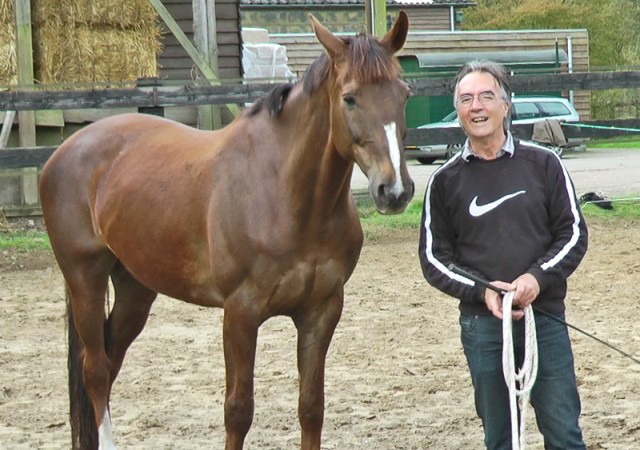
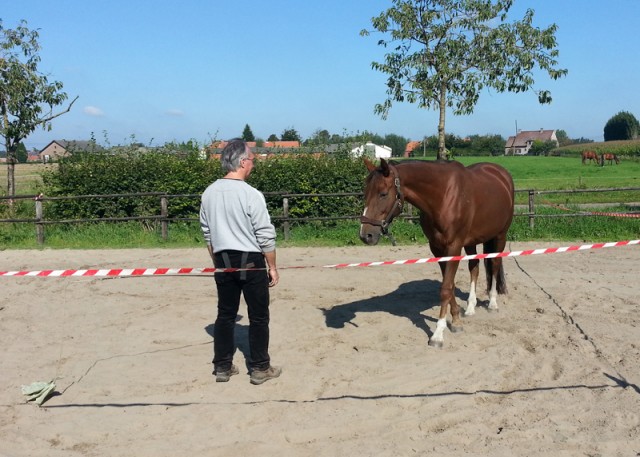
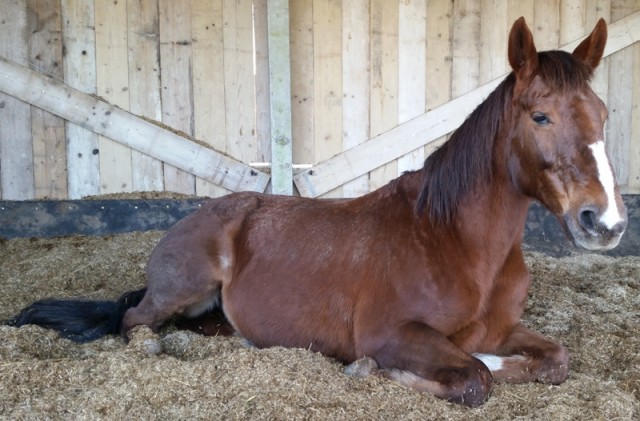
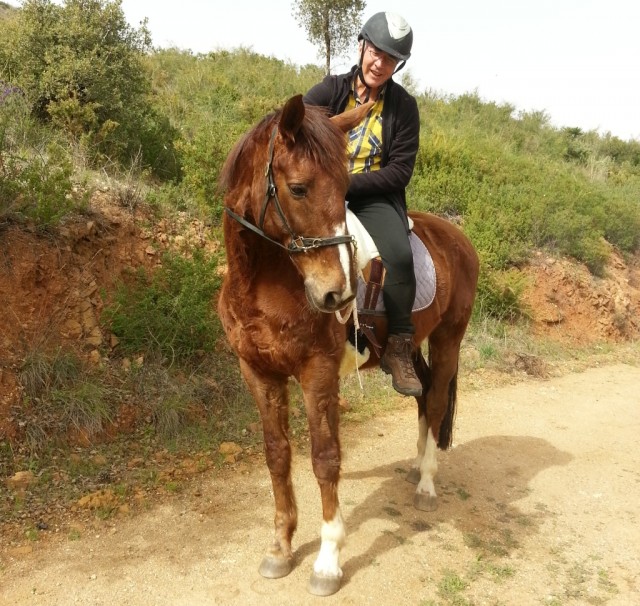
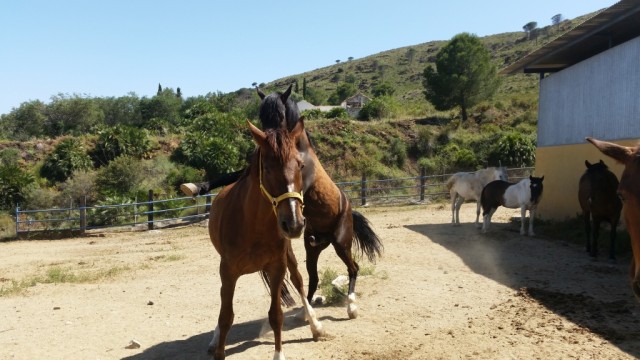
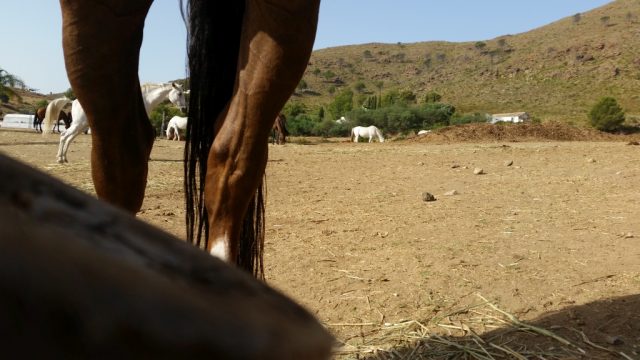
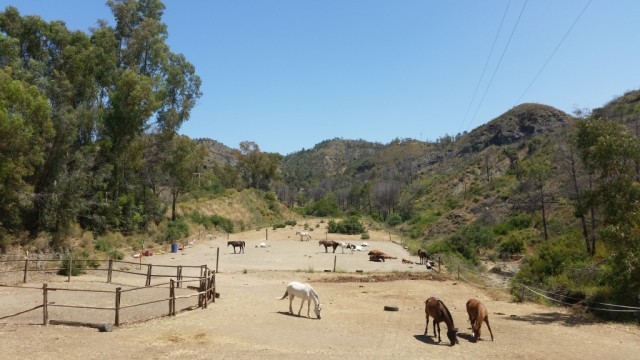
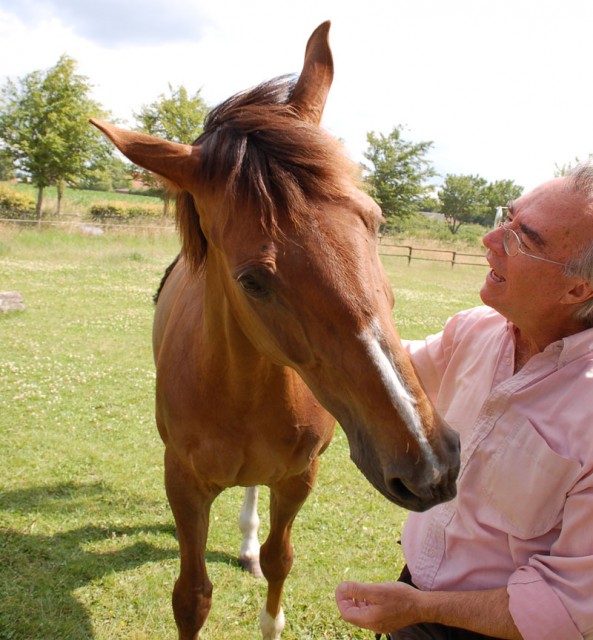




Congratulations, Andrew! <3
Great article, spot on! Thank you for sharing your experiences. – Always do it with Heart, Wrangler Jayne.